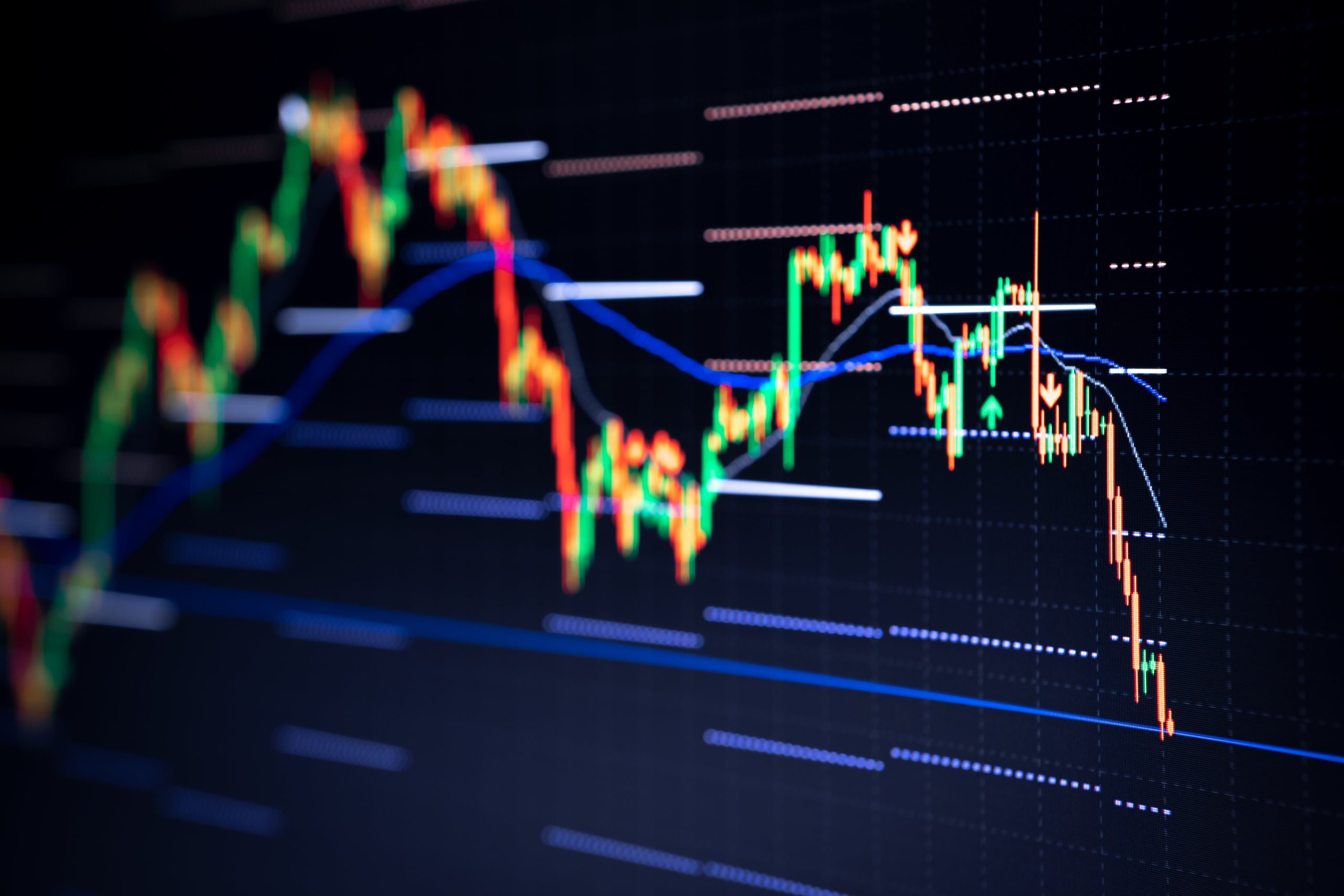Why Mean Reversion Matters Right Now
In the fast-paced world of trading, the concept of mean reversion is gaining renewed attention as market volatility continues to challenge traditional investment strategies. Recent trends show that assets often oscillate around their historical averages, creating unique opportunities for traders. Understanding mean reversion can help both novice and experienced traders capitalize on these fluctuations, especially in the current economic climate of 2025.
What is Mean Reversion?
Mean reversion is a statistical theory suggesting that asset prices will tend to move back towards their historical average over time. This principle underlies many trading strategies aimed at identifying overbought or oversold conditions. Traders utilize various tools to predict these movements, making it essential to stay informed about the latest methods and insights in this field.
Current Trends in Mean Reversion Trading
As we delve into 2025, several emerging trends and tools are shaping mean reversion trading strategies:
- Algorithmic Trading: The rise of algorithmic trading has allowed for faster and more efficient identification of mean reversion opportunities. Algorithms can analyze vast datasets to spot patterns that human traders might miss.
- Machine Learning Models: Data-driven insights powered by AI and machine learning are enhancing mean reversion strategies. These models can adapt to changing market conditions, improving prediction accuracy.
- Increased Market Volatility: With geopolitical tensions and economic shifts, markets have experienced heightened volatility. Traders are now more inclined to leverage mean reversion strategies during these turbulent times.
Actionable Insights for Traders
To effectively implement mean reversion strategies, consider the following actionable insights:
- Use Technical Indicators: Employ tools such as Bollinger Bands or the Relative Strength Index (RSI) to identify potential reversals. Look for price movements that diverge significantly from their historical averages.
- Focus on High-Volume Assets: Higher liquidity can lead to quicker corrections back to the mean. Stocks or ETFs with substantial trading volumes often provide better mean reversion opportunities.
- Define Your Risk Tolerance: Establish clear stop-loss levels to manage risk effectively. Mean reversion trades can be volatile, so protecting your capital is essential.
Examples of Mean Reversion Strategies
Here are a couple of practical examples of mean reversion strategies that have been gaining traction this year:
- Pairs Trading: This strategy involves identifying two correlated assets, where one is overvalued, and the other is undervalued. By taking opposing positions in both, traders can profit from the convergence of their prices back to the mean.
- Statistical Arbitrage: This involves using sophisticated algorithms to exploit price inefficiencies across multiple securities, capitalizing on the tendency of prices to revert to their historical norms.
Conclusion: The Future of Mean Reversion Trading
As we move further into 2025, mean reversion trading continues to evolve with advancements in technology and shifts in market dynamics. Traders who stay updated on the latest tools and strategies can leverage these insights to enhance their trading performance. The focus on data-driven decision-making and algorithmic trading will likely dominate the landscape, making it an exciting time for those interested in mean reversion trading.
For an in-depth understanding of these strategies, check out this recent video on mean reversion trading:



